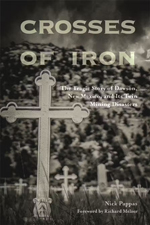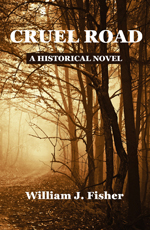Author Vicki Kay Turpen is a retired teacher of English, the Bible as literature, and drama who co-founded the Durango Lively Arts Company in Colorado. She has published dozens of articles for The Christian Science Publishing Society, and in 2019, released her first novel, The Delicate Balance (co-authored with Shannon Horst). Her newest release, Opelika Opiate (June 2023), is set in Alabama “where cars, men, and race collide to unhinge the life of a young woman.” You’ll find Vicki on her SWW author page and her Amazon author page for Opelika Opiate.
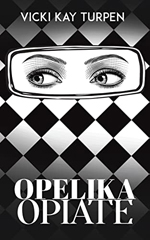 What would you like readers to know about Opelika Opiate?
What would you like readers to know about Opelika Opiate?
Opelika Opiate is the result of my own disappointment with leaders in today’s world. There is a lack of education and brotherly love and a tendency toward anger and blame. My story is based on an actual experience I had when I was fifteen. I was stranded in a run-down motel with my grandmother. She was allowing her emotions and brain to stupefy her and halt all normal functions. She refused to get out of bed and drive us home. For years, I never thought back on that experience or the man who tried to rape me then. Now the world news can be full of women and men accusing each other of harmful actions.
As I was growing up in the American south with its unjust and unequal laws and social life, I was so disappointed with even my own relatives who allowed prejudice to rule their lives. Until we all begin seeing ourselves as more than sexual objects and see ourselves and each other as equal human beings there will never be real equality and harmony in our world.
Your first novel, The Delicate Balance, was a science fiction story exploring climate change. Opelika Opiate is not only a different genre but it seems to be a huge departure from your first book. What inspired you to take this new direction? What themes do you explore in the story?
My experience with the man who tried to rape me was over 70 years ago. I never told my grandmother (who later was healed of her problems and became a loving and helpful friend). I never told my parents. I never shared the experience with anyone or allowed shame, blame, or hatred to rule over me. However, my heart goes out to women and men who allow themselves to become life-long victims to their own thinking, and then much later take revenge. Why has forgiveness and love so disappeared from our lives? I decided to write about my own decisions, hoping my story would encourage young people today never to think of themselves as victims.
Who is your main character? Why is she the best choice to carry your story?
The main character in Opelika Opiate is Karla Sue. She is a 15-year-old taking care of her depressed grandmother. The story came from the real experience I had in 1953. The incident with my grandmother and all of the heat, rain, fear, and actions with other characters is based on my experience. The forward of the book is written by the author (me) in explanation of her memories. The actual characters, except for Karla Sue, are fictional, but the actions are based on how Karla Sue handles the attack. Then the story states why she refuses to think of herself as a victim for the rest of her life. That reflects back on the opening statements by the author. I suppose you could say there are two protagonists, the author and Karla Sue, but they are the same person at 15 and later at 80.
How did the book come together?
I began writing Opelika Opiate while on vacation with my daughter Kelly. My daughter-in-law Toni helped me with complicated technical aspects. A good friend who is an artist did the sketches for the book, and I created the cover. It was published by Austin Macauley last year.
Choosing a book’s title can be a complicated journey. Tell us why you chose the title for your newest novel.
In choosing the title for Opelika Opiate I was also expressing my deep feelings concerning our increasing delusions about drugs. Look around today, one opiate is supposedly recreational, when the combination of several others or just one can cause death. Many opiates that are used just for pain never really heal, and our leaders are boasting about the money gained by legalizations. I was hoping to discourage the reader not to sleep away his or her life with the use of drugs. I wish to encourage them to never destroy their ability to think, reason, and lead creative lives.
 For your first book, you shared the writing responsibilities with a co-author, your daughter Shannon Horst. What was it like this time, writing a novel on your own?
For your first book, you shared the writing responsibilities with a co-author, your daughter Shannon Horst. What was it like this time, writing a novel on your own?
I loved writing with my daughter, it was fun. I also enjoy doing my own writing. I found out when I retired from teaching that writing was a very happy way to spend special time alone with my thoughts. I write the same way I directed theater. I chose characters, like I did for a play or musical. I see them in real life-moving through their lives either in conflict to their own thought or in conflict with others, or in instances that bring harmony. They are in my consciousness and often tell me how they feel and how they are trying to deal with life. Often the ideas are ones I never have thought about, they come directly from the character.
What writing projects are you working on now?
I just finished writing a historical novel that takes place in Louisville, Kentucky in 1900. It is called Kat’s Dilemma and is based on events that occurred in my great-grandmother’s life. It answers the question, “What was it like to be a woman then?” Katherine Amelia (Kat) faces the belief she has no individual rights or no freedom to make decisions for herself. I did a lot of research and discovered shocking facts, laws, and attitudes concerning women. Kat’s intelligence, her searches through books, and her determination to be a real person eventually create her happiness and success. My next book is a memoir entitled Mike and Me and Music about marriage and family.
 KL Wagoner (writing as Cate Macabe) is the author of This New Mountain: a memoir of AJ Jackson, private investigator, repossessor, and grandmother. Kat has a speculative fiction blog at klwagoner.com and writes about memoir at ThisNewMountain.com.
KL Wagoner (writing as Cate Macabe) is the author of This New Mountain: a memoir of AJ Jackson, private investigator, repossessor, and grandmother. Kat has a speculative fiction blog at klwagoner.com and writes about memoir at ThisNewMountain.com.

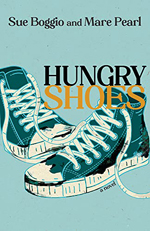
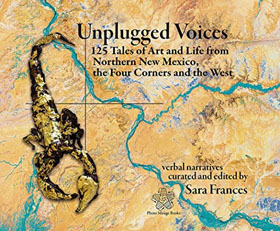
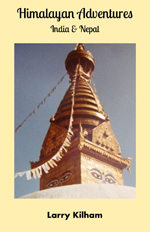






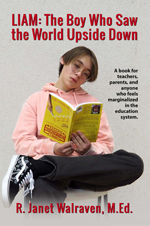
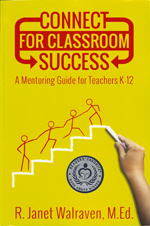
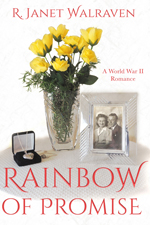
 Su Lierz writes dark fiction, short story fiction, and personal essays. Her short story “Twelve Days in April,” written under the pen name Laney Payne, appeared in the 2018 SouthWest Writers Sage Anthology. Su was a finalist in the 2017 and 2018 Albuquerque Museum Authors Festival Writing Contest. She lives in Corrales, New Mexico, with her husband Dennis.
Su Lierz writes dark fiction, short story fiction, and personal essays. Her short story “Twelve Days in April,” written under the pen name Laney Payne, appeared in the 2018 SouthWest Writers Sage Anthology. Su was a finalist in the 2017 and 2018 Albuquerque Museum Authors Festival Writing Contest. She lives in Corrales, New Mexico, with her husband Dennis.